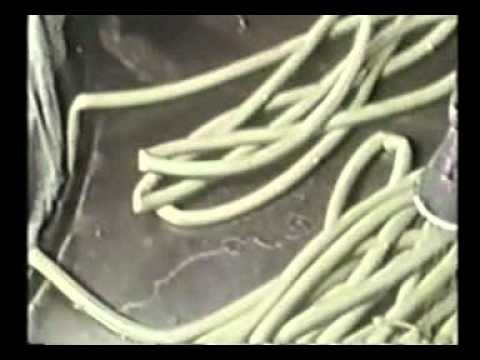“A Cow at My Table” is a thought-provoking documentary that explores the complex relationship between humans and farm animals in Western society. Director Jennifer Abbott spent five years traveling across Canada, the US, Australia, and New Zealand to meet with animal rights leaders, animal welfare advocates, and spokespeople from the livestock industry. The documentary inter-cuts these diverse perspectives with archival films, images from modern-day agribusiness, and footage of farm animals shot from uncharacteristic vantage points.
One of the strengths of “A Cow at My Table” is its exploration of the intense battle between animal advocates and the meat industry. The documentary sheds light on the ways in which the industry has sought to influence consumer attitudes towards meat consumption, while animal advocates have fought to raise awareness about the impact of meat production on animals and the environment. The documentary also provides insight into the ethical and moral debates that surround the use of animals for food.
The documentary’s diverse perspectives and imagery are also noteworthy. We see footage of farm animals shot from uncharacteristic vantage points, which allows us to see the animals in a new light. The documentary also features archival footage that highlights the history of the meat industry and its impact on animals and the environment. This imagery provides a powerful backdrop for the arguments and perspectives presented in the documentary.
Another strength of “A Cow at My Table” is its focus on the individuals and organizations that are working to raise awareness about the impact of meat production on animals and the environment. We meet animal rights leaders and advocates who are working tirelessly to promote veganism and reduce meat consumption. We also hear from spokespeople from the livestock industry, who argue that meat production is necessary for economic growth and food security.
The documentary is not without its flaws, however. Some viewers may find that it leans too heavily towards the animal rights perspective and does not give enough attention to the arguments put forth by the livestock industry. Additionally, the documentary’s slow pace and lack of a clear narrative thread may make it difficult for some viewers to engage with the material.
In conclusion, “A Cow at My Table” is a thought-provoking documentary that sheds light on the complex relationship between humans and farm animals in Western society. The documentary’s diverse perspectives and imagery provide a powerful backdrop for the ethical and moral debates that surround the use of animals for food. While the documentary may not be for everyone, it is an important contribution to the ongoing conversation about meat consumption and its impact on animals and the environment.

